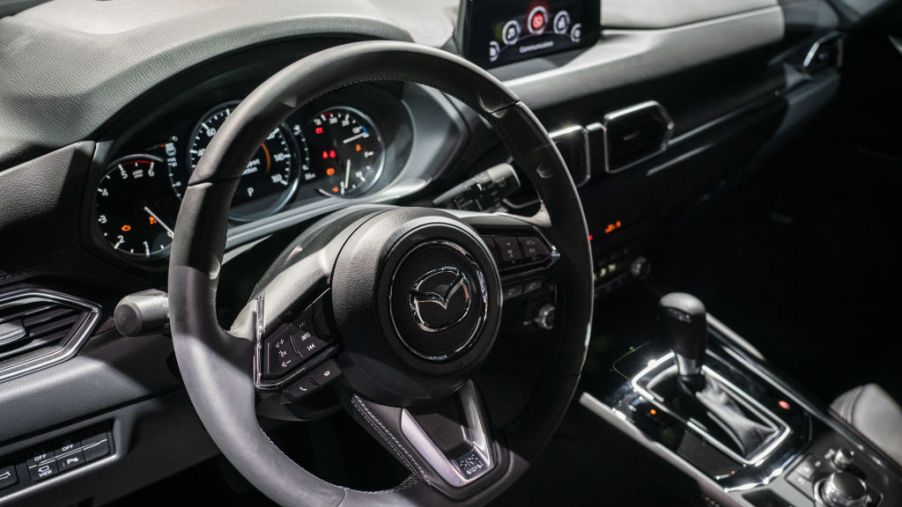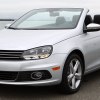
Why Is Mazda Removing All Touchscreens From Future Vehicles?
Many automakers are racing to integrate the latest technologies. But Mazda is shying away from one notable tech product. It seems counterintuitive at first, as touchscreens and other luxury features can make driving easier and more comfortable. However, Mazda claims to have a good reason for this change, as it’s prioritizing driver safety over everything else.
The human gaze to blame
Mazda did the necessary research before making this decision. Its findings concurred with what other studies, like AAA Foundation research, found. Mazda discovered that its touchscreens distracted drivers on the road. This mainly happened because of how our eyes focus on things.
Mazda’s study showed that people operating a car with a touchscreen would spend too much time looking at the technology. After looking at the touchscreen, the driver also spent too much time refocusing their eyes on the road. In addition to those findings, according to the AAA Foundation, touchscreens had too much of a visual load, which can further distract a driver.
Furthermore, Mazda’s study found that when a driver actually touches the touchscreen, it has unintentional consequences. A lead engineer for Mazda infotainment systems told Motor Authority that when using the touchscreen, drivers unintentionally steer their car out of its lane position.
In the interest of protecting drivers, these findings were enough for Mazda to decide to remove touchscreens from its cars.
The replacements
Mazda won’t replace all its touchscreens with physical control systems. Instead, Mazda’s head-up-display system will present some of the information once found on its touchscreens. This will reduce the time drivers look away from the road, according to Mazda. It should also decrease how much info they get when they glance away from the road.
Consumers can view this head-up-display system an upgrade, as these types of systems are premium features. On top of this, the entertainment side of Mazda’s infotainment systems will mostly return to being controlled with physical controls.
Dashboard knobs will adjust things like volume and climate control. However, Mazda wants to upgrade these age-old control systems. The automaker wants the knobs to be as simple and practical as possible for ease of use.
When it comes to Mazda Connect, its system for connecting the car to your smartphone, the latest models will have a more practical rotary controller instead of a touchscreen. This will control a small display screen — not a touchscreen — strategically positioned to reduce the amount of time the driver looks away from the road.
By splitting the information drivers got from a touchscreen onto two display systems, Mazda hopes drivers won’t be bombarded by too much while they’re on the road. Of course, if Mazda’s study is accurate, these changes should make driving safer overall.



